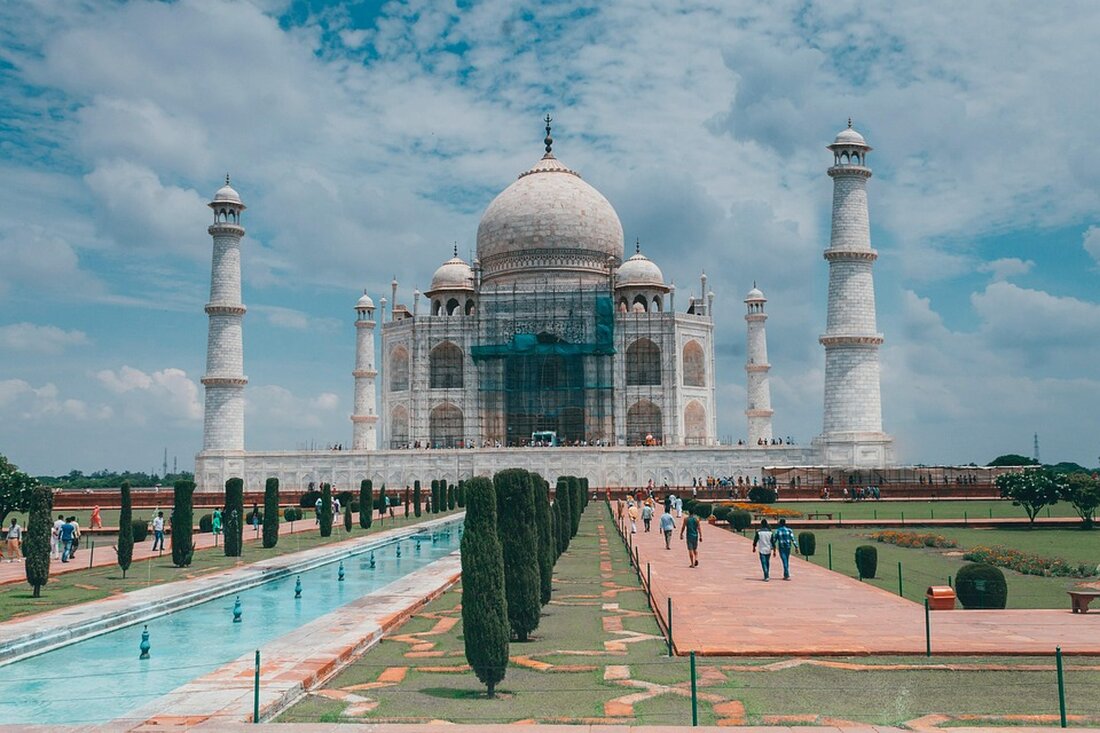31 Maoists killed in India's largest anti-rebel operation
31 suspects were killed as part of the largest anti-Maoist surgery in India. The security forces comment on a historical breakthrough in decades of conflict.

31 Maoists killed in India's largest anti-rebel operation
The Indian police authorities killed 31 alleged Maoist rebels, which is described as the “largest operation ever carried out” against the long-lasting uprising. Security forces needed 21 days to arrest the rebels at the border of the states of Chhattisgarh and Telangana in the central India, as Interior Minister Amit Shah announced on Wednesday.
historical breakthrough in the anti-Maoist surgery
Shah describes the operation as a “historical breakthrough”. He explained that the security forces have ever carried out the “largest operation” against the rebels, in which 31 of them were killed in the Karreguttalu hill, an area known as a must. The Indian authorities have been fighting against Maoist groups since 1967, also known as Naxalites that are active in several central and northern states.
BR and courage through the security forces
"Our security forces have completed this largest anti-naxal operation within just 21 days and I am extremely happy that this operation did not lead to a single injured security officer," wrote Shah on X and congratulated the soldiers on their "Courage and their brokereness." According to a statement of the Interior Ministry, 214 Naxal-versions and bunkers were destroyed as well as hundreds Provided explosives.
origin and goal of the Naxalites
Maoists are named in India after Naxalbari, a village in the state of West Bengal, where they were created in the late 1960s. Prime Minister Narendra Modi praised the operation in a Post to X. "The success of the security forces shows that our campaign goes in the right direction to combat Naxalism. We are completely determined to create peace in the areas affected by Naxalites and to connect them to the mainstream of development," said Modi.
criticism of the tough procedure of the government
The Indian government has rigoros in areas where Maoist groups are active. While this gives the appearance of reducing the threat, some observers criticized it as disproportionate and susceptible to abuse. According to data from the Ministry of the Interior, the number of acts of violence by rebels fell from 1,936 in 2010 to 374 in 2024. The total number of deaths among civilians and security forces also dropped by 85 %during this period
Life in the areas influenced by Maoists
But the villagers who live in Maoisten areas are largely cut off from the country's rapidly growing economic growth and live in fear-both of rebels who recruit their children as recruits, as well as violent government raids. Some villagers in Chhattisgarh told CNN that they were forced to pay taxes to the Maoists, otherwise there were threatened ill -treatment or even torture.
reinforcement of violence in 2021
In February, at least 31 alleged Maoist rebels and two police officers were killed, which the police described as the most fatal discussion this year. In 2021, 22 members of the Indian security forces died in a four -hour change of shooting with insurgents, and 31 others were injured.
The use against the Maoists shows one of the central challenges with which India is confronted and raises questions about the humanitarian conditions in these regions.

 Suche
Suche
